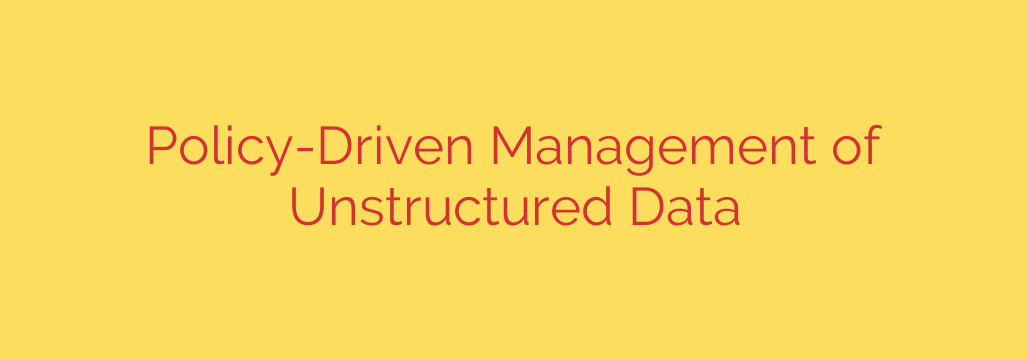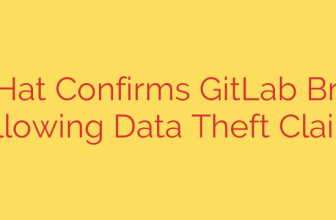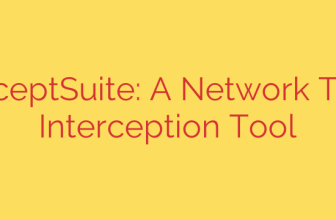
Taming the Data Chaos: Your Guide to Policy-Driven Unstructured Data Management
In today’s digital world, businesses are drowning in data. But it’s not the neat, orderly information in your databases that poses the biggest threat. The real challenge lies in the explosive growth of unstructured data—the vast collection of documents, emails, presentations, images, and collaboration files scattered across servers, cloud storage, and employee devices.
This digital sprawl isn’t just messy; it’s a significant business risk. Without a clear strategy, your organization is exposed to security breaches, compliance failures, and skyrocketing storage costs. The solution is to move away from manual, reactive clean-up efforts and embrace a proactive, automated approach: policy-driven management of unstructured data.
The High Cost of Uncontrolled Data Growth
Before diving into the solution, it’s crucial to understand the risks of inaction. Manually managing petabytes of unstructured files is an impossible task, leading directly to several critical problems:
- Massive Security Vulnerabilities: Sensitive information, such as customer PII, intellectual property, or financial records, often lives in unprotected documents on shared drives. Without visibility, you can’t protect what you don’t know you have, leaving critical assets exposed to insider threats and external attacks.
- Compliance Nightmares: Regulations like GDPR, CCPA, and HIPAA carry strict rules about how personal data is stored, handled, and deleted. Failing to manage your unstructured data means you are likely non-compliant, risking hefty fines and reputational damage.
- Skyrocketing Storage Costs: A significant portion of stored data is redundant, obsolete, or trivial (ROT). Paying to store and back up useless files is a massive drain on your IT budget.
- Lost Productivity: When file systems are cluttered and disorganized, employees waste valuable time searching for the information they need to do their jobs, slowing down operations and frustrating your team.
What is Policy-Driven Data Management?
Policy-driven data management is a strategic framework for automating data governance. Instead of relying on individuals to manually organize, secure, or delete files, this approach uses software to enforce a set of predefined rules (policies) across all your data, wherever it resides.
Think of it as setting up a smart, automated librarian for your entire digital ecosystem. This system continuously works in the background to:
- Discover what data you have.
- Classify it based on its content, context, and sensitivity.
- Enforce actions based on your organization’s rules.
For example, you could create a policy that states: “Automatically encrypt any document containing a credit card number” or “Archive any project files that have not been accessed in over two years.” These policies are then executed automatically, ensuring consistent and scalable data governance.
Key Benefits of an Automated Governance Strategy
Implementing a policy-driven approach transforms unstructured data from a liability into a well-managed asset. The primary benefits include:
- Enhanced Data Security: By automatically identifying and classifying sensitive data, you can apply the right security controls. Policies can restrict access, encrypt files, or move high-risk data to a secure location, drastically reducing your attack surface.
- Streamlined and Provable Compliance: Automation is your best tool for meeting regulatory demands. Policies can enforce data retention schedules, manage access rights, and respond to data subject access requests (DSARs) systematically, providing a clear audit trail to prove compliance.
- Significant Cost Reduction: An effective policy-driven system is designed to identify and manage ROT data. By automating the deletion of trivial files and archiving obsolete data to lower-cost storage tiers, you can reclaim valuable capacity and slash your storage expenses.
- Improved Operational Efficiency: With data properly classified and organized, finding information becomes faster and more reliable. This empowers employees, supports better decision-making, and frees up IT teams from tedious manual data clean-up tasks.
Your 4-Step Framework for Getting Started
Transitioning to a policy-driven model is a strategic process. Here is a practical, step-by-step framework to begin taking control of your unstructured data.
1. Discover and Map Your Data Landscape
The first step is gaining complete visibility. You need to deploy tools that can scan your file servers, cloud repositories, and collaboration platforms to create a comprehensive inventory of your data. This initial analysis should reveal what types of files you have, where they are stored, who has access to them, and how old they are.
2. Classify Data by Value and Risk
Once you know what you have, you must classify it. This involves tagging data based on its content and context. Common classification categories include Public, Internal, Confidential, and Restricted. This process is the foundation of your policy engine, as it allows you to apply rules based on data sensitivity. Modern tools can automate much of this by searching for keywords, patterns (like social security numbers), and other identifiers.
3. Define Clear and Actionable Data Policies
With your data classified, you can build your governance rules. Work with stakeholders from legal, compliance, and business departments to define policies for different data types. Actionable security tips for policy creation include:
* Access Control: Create a policy to identify and remediate over-exposed files, such as those with global access permissions.
* Data Retention: Define rules to automatically archive data that has passed its active business value and delete data that has reached its legal retention limit.
* Security: Set up policies to quarantine or encrypt any newly discovered files containing highly sensitive information.
4. Automate Enforcement, Monitor, and Refine
The final step is to turn your policies on. Your data management solution should automatically enforce the rules you’ve created—moving, deleting, or changing permissions on files without manual intervention. This is not a “set it and forget it” process. Continuously monitor policy effectiveness through reports and dashboards, and refine your rules as business needs and regulations evolve.
By embracing a policy-driven approach, you can finally move beyond the chaos of unstructured data. This proactive strategy is essential for securing your digital assets, ensuring compliance, and building a more efficient and resilient organization for the future.
Source: https://datacenternews.asia/story/making-sense-of-unstructured-data-through-policy-driven-management








